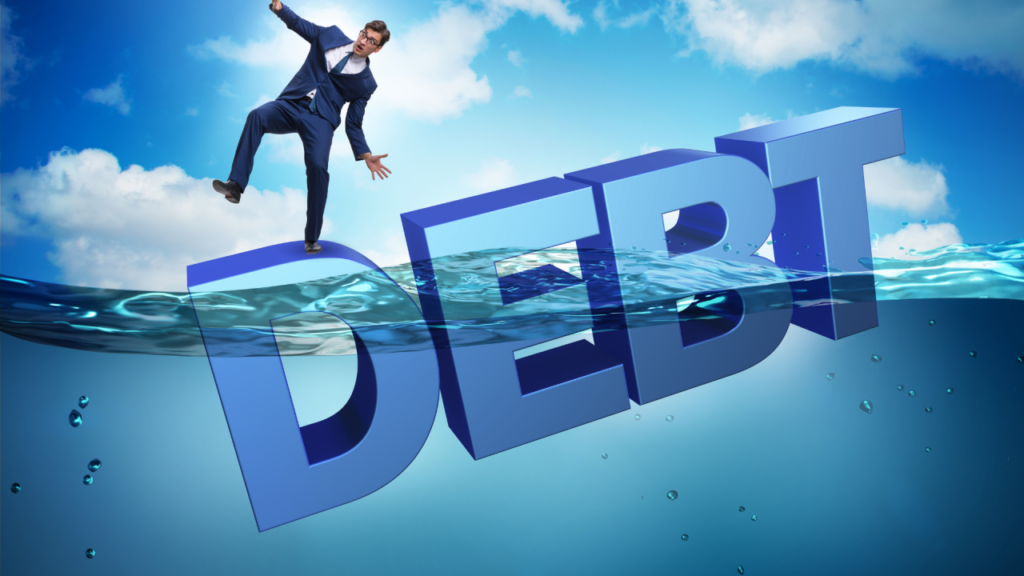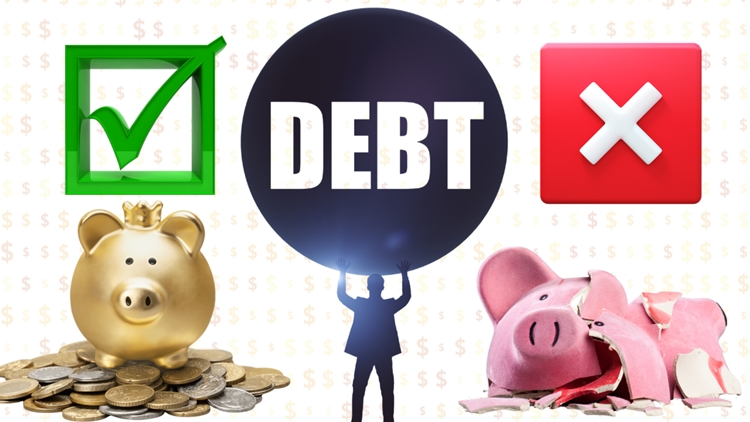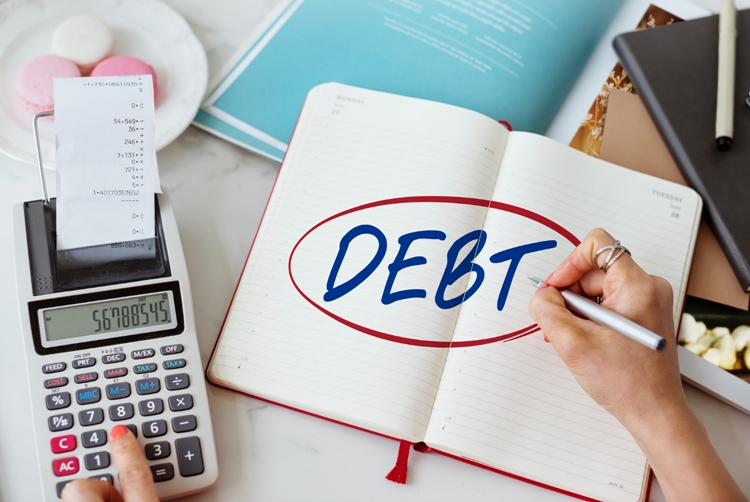Guide on Good Debt and Bad Debt Characteristics and Which Specific Credits To Avoid
GOOD DEBT vs. BAD DEBT – Here is a simple yet comprehensive discussion about these types of debts and their examples.
Having a lot of debts is something that countless people around the globe undeniably deal with. In fact, not only the low-earners are dealing with pool of credits. Even the wealthy ones may have a lot in their bank accounts but also get multiple bank statements that need to be paid for every month.

With the rising costs of almost everything nowadays, it is important to know the debts that can are necessary as well as the debts that can bury your alive. Yes, you read it right. There are credits that can be considered necessary as their benefits may outweigh the challenge in paying for them.

You might have heard about the terms “good debt” and “bad debt” already. However, truth be told that many people are not completely aware on how they differ, thus, there are times when it is confusing to brand whether a credit is good or not.
Meanwhile, here is a guide on the comparison between “good debt” and “bad debt”. You can also check on the examples of these two (2) types of credits below:
Good Debt
This kind of debt is the one that lets you achieve a meaningful growth in your personal life. Most often, this kind of debt is acquired for a greater purpose like expanding your business, boosting your capabilities as a professional so you can do better in your career, and a lot more. Mortgage and student loans are under this kind of credit.
For example, you applied for a student loan to pay off your school tuition of Php 400,000 for a four-year course. Afterwards, you land on a stable job that can pay you Php 400,000 every year.
Bad Debt
This kind of debt is the type of credit that is actually unnecessary. It is often called the expensive kind of debt as it may be out of the luxuries that a person wants in life.
Credit card debt is one of the examples under this type of credit. Aside from the fact you already have a due to pay for, there is an interest rate that can keep your debt growing until you pay for it in full.
Examples of Good Debt:
- Mortgages — Housing loans or those credits tied with your ownership to a residential property is one of the examples of a good credit. The house can provide security and stability and it can lead you to be driven in paying off the loan as it provides you a home.
- Student Loans — As mentioned above, the amount of money you may need in paying off the Student Loan may be nothing compared to your or someone’s personal growth and how much they can earn after graduation. Most student loans also come with very little interest rates in the pursuit of helping in educational purposes.
- Business Loans — A lot of businesses require a huge working capital and there are only cases wherein a business can only achieve massive growth if it also has a boosted working capital. Meanwhile, your business has a chance of supporting not only you but as well as your family and your employees.
- Interest-Free Loans — Loans are inevitable in the case of many people most especially the low-earners. Loans that do not come with interest when paid during a specific period of time can be a good debt for many people.

Examples of Bad Debt:
- Credit Card Debt — If you do not know how to use a credit card right, having one can really open the door of bad debts for you. Credit cards usually come with huge interest rates and, undeniably, the easy access to credit which the card provides can keep you in the chain of debts.
- High-Interest Loans — Avoid loans that come with high interest rates. You are only throwing off your money and your energy to earn it.
No matter how much credit you have now, it is not too late to start breaking off from the chain of debts and achieve financial freedom.
